Computer technology,hardware, software,networking system,cybersecurity,data management ,emerging Technology


Computer technology refers to the hardware, software, and networking systems that enable the processing, storage, and communication of data using computers. It encompasses a wide range of technologies and disciplines, including computer hardware, software development, networking, cybersecurity, and data management.
Hardware :
Hardware: Computer hardware includes physical components such as the central processing unit (CPU), memory (RAM), storage devices (hard drives, solid-state drives), input devices (keyboard, mouse), output devices (monitor, printer), and peripheral devices (scanners, external drives). Advances in hardware technology have led to faster processing speeds, increased storage capacity, and improved efficiency in computing devices.
Here are some key aspects of computer technology:


- Central Processing Unit (CPU)
- Random Access Memory (RAM)
- Hard Disk Drive (HDD)
- Solid State Drive (SSD)
- Graphics Processing Unit (GPU)
- Motherboard
- Power Supply Unit (PSU)
- Computer Case
- Monitor
- Keyboard
- Mouse
- Speakers
- Printer
- Scanner
- Webcam
- Network Interface Card (NIC)
- Router
- Switch
- Modem
- External Hard Drive
- USB Flash Drive
- Optical Disc Drive (CD/DVD/Blu-ray drive)
Software :
Software: Computer software comprises programs and instructions that tell the hardware how to perform specific tasks. This includes operating systems (e.g., Windows, macOS, Linux), application software (e.g., Microsoft Office, Adobe Photoshop), system utilities, device drivers, and programming languages. Software development involves designing, coding, testing, and maintaining software applications to meet user needs and solve problems.


- Operating System (e.g., Windows, macOS, Linux)
- Device Drivers
- Web Browser (e.g., Google Chrome, Mozilla Firefox, Microsoft Edge)
- Office Productivity Suite (e.g., Microsoft Office, Google Workspace)
- Antivirus Software
- Firewall Software
- Media Players (e.g., VLC media player, Windows Media Player)
- Image Editing Software (e.g., Adobe Photoshop, GIMP)
- Video Editing Software (e.g., Adobe Premiere Pro, Final Cut Pro)
- Programming Languages (e.g., Python, Java, C++)
- Integrated Development Environments (IDEs) (e.g., Visual Studio, IntelliJ IDEA, Eclipse)
- Web Development Tools (e.g., Sublime Text, Atom, Visual Studio Code)
- Database Management Systems (DBMS) (e.g., MySQL, Oracle, Microsoft SQL Server)
- Virtualization Software (e.g., VMware, VirtualBox)
- Cloud Computing Platforms (e.g., Amazon Web Services, Microsoft Azure, Google Cloud Platform)
- Content Management Systems (CMS) (e.g., WordPress, Joomla, Drupal)
- Customer Relationship Management (CRM) Software (e.g., Salesforce, HubSpot, Zoho CRM)
- Enterprise Resource Planning (ERP) Software (e.g., SAP, Oracle ERP, Microsoft Dynamics)
- Project Management Software (e.g., Asana, Trello, Microsoft Project)
- Video Conferencing Software (e.g., Zoom, Microsoft Teams, Skype)
Networking Hardware:
Networking: Networking technology enables computers to communicate and share resources with each other over local area networks (LANs), wide area networks (WANs), and the internet. It involves the use of protocols, such as TCP/IP, Ethernet, and Wi-Fi, to establish connections between devices, transmit data packets, and ensure reliable communication. Networking also encompasses network infrastructure components like routers, switches, modems, and access points.
- Router
- Switch
- Network Interface Card (NIC)
- Wireless Access Point (WAP)
- Modem (e.g., DSL modem, cable modem)
- Firewall
- Network Attached Storage (NAS)
- Hub
- Repeater
- Bridge
- Network Cable (e.g., Ethernet cable, fiber optic cable)
- Patch Panel
- Network Switching Equipment (e.g., Layer 2 switches, Layer 3 switches)
- Load Balancer
- VPN Concentrator
- Wireless Router
- Network Printer
- Ethernet Adapter
- Network Analyzer
- Network Testing Equipment
Networking Technologies and Protocols:
- Ethernet
- Wi-Fi (802.11 standards)
- Internet Protocol (IP)
- Transmission Control Protocol (TCP)
- User Datagram Protocol (UDP)
- IPv4 and IPv6
- Dynamic Host Configuration Protocol (DHCP)
- Domain Name System (DNS)
- Simple Network Management Protocol (SNMP)
- Hypertext Transfer Protocol (HTTP)
- Secure Shell (SSH)
- Secure Sockets Layer (SSL) / Transport Layer Security (TLS)
- Virtual Private Network (VPN)
- Border Gateway Protocol (BGP)
- Open Shortest Path First (OSPF)
- Internet Control Message Protocol (ICMP)
- Point-to-Point Protocol (PPP)
- Network Address Translation (NAT)
- Spanning Tree Protocol (STP)
- Multiprotocol Label Switching (MPLS)
Cybersecurity :
Cybersecurity: Cybersecurity focuses on protecting computer systems, networks, and data from cyber threats such as malware, hackers, phishing attacks, and data breaches. It involves implementing security measures such as firewalls, antivirus software, encryption, access controls, and security policies to safeguard digital assets and mitigate risks to confidentiality, integrity, and availability.
Cybersecurity Technologies and Solutions:
- Firewall Systems
- Intrusion Detection Systems (IDS)
- Intrusion Prevention Systems (IPS)
- Antivirus and Antimalware Software
- Email Security Gateways
- Web Application Firewalls (WAF)
- Secure Web Gateways (SWG)
- Security Information and Event Management (SIEM) Systems
- Endpoint Protection Platforms (EPP)
- Data Loss Prevention (DLP) Solutions
- Identity and Access Management (IAM) Systems
- Security Orchestration, Automation, and Response (SOAR) Platforms
- Security Incident and Event Management (SIEM) Systems
- Vulnerability Management Solutions
- Security Analytics Platforms
- Network Access Control (NAC) Systems
- Cloud Security Solutions
- Mobile Device Management (MDM) Solutions
- Encryption Technologies (e.g., SSL/TLS, AES)
- Multi-Factor Authentication (MFA) Solutions
Cybersecurity Best Practices and Frameworks:
- National Institute of Standards and Technology (NIST) Cybersecurity Framework
- ISO/IEC 27001: Information Security Management System (ISMS)
- Center for Internet Security (CIS) Controls
- Payment Card Industry Data Security Standard (PCI DSS)
- Health Insurance Portability and Accountability Act (HIPAA) Security Rule
- General Data Protection Regulation (GDPR)
- Cybersecurity Maturity Model Certification (CMMC)
- Federal Risk and Authorization Management Program (FedRAMP)
- Zero Trust Security Model
- Defense in Depth Strategy
- Incident Response Planning and Incident Management Processes
Cybersecurity Training and Awareness Programs:
- Employee Security Awareness Training
- Phishing Simulation Exercises
- Cybersecurity Certification Programs (e.g., Certified Information Systems Security Professional (CISSP), Certified Ethical Hacker (CEH))
- Cybersecurity Awareness Campaigns
- Security Policies and Procedures
Cyber Threat Intelligence Sources:
- Threat Intelligence Feeds and Platforms
- Cybersecurity Information Sharing and Analysis Centers (ISACs)
- Open Source Intelligence (OSINT) Sources
- Dark Web Monitoring Services
Cybersecurity Governance and Compliance Solutions:
- Governance, Risk, and Compliance (GRC) Platforms
- Compliance Management Software
- Audit and Assessment Tools
Data management :
Data Management: Data management involves storing, organizing, retrieving, and analyzing data to support decision-making and business operations. It includes database management systems (DBMS), data warehousing, data mining, big data analytics, and data visualization techniques. Effective data management ensures data accuracy, consistency, security, and accessibility for users across different applications and platforms.
Data Storage Technologies:
- Relational Database Management Systems (RDBMS) (e.g., MySQL, PostgreSQL, Microsoft SQL Server, Oracle Database)
- NoSQL Databases (e.g., MongoDB, Cassandra, Redis, Couchbase)
- Data Warehousing Systems (e.g., Amazon Redshift, Google BigQuery, Snowflake)
- Distributed File Systems (e.g., Hadoop Distributed File System (HDFS), Amazon S3, Google Cloud Storage)
- In-memory Databases (e.g., Redis, Memcached)
- Object Storage Systems
- Data Lakes
- Cloud Storage Services (e.g., Amazon S3, Google Cloud Storage, Microsoft Azure Blob Storage)
- Tape Storage
- Hybrid Storage Solutions
Data Management Software:
- Database Management Systems (DBMS)
- Data Integration Tools (e.g., Informatica, Talend, Apache NiFi)
- Data Quality Tools (e.g., Informatica Data Quality, Talend Data Quality, IBM InfoSphere Information Server)
- Master Data Management (MDM) Software (e.g., Informatica MDM, IBM Master Data Management, Talend MDM)
- Data Governance Tools (e.g., Collibra, Informatica Data Governance, IBM InfoSphere Information Governance)
- Data Catalogs
- Data Encryption and Security Software
- Data Backup and Recovery Software
- Data Replication Software
- Data Archiving Software
Data Analysis and Business Intelligence Tools:
- Business Intelligence Platforms (e.g., Tableau, Power BI, QlikView)
- Data Visualization Tools (e.g., Tableau, Microsoft Power BI, Google Data Studio)
- Data Analytics Platforms (e.g., Apache Spark, SAS, IBM Watson Analytics)
- Statistical Analysis Software (e.g., R, Python, IBM SPSS)
- Predictive Analytics Software (e.g., SAS Predictive Analytics, IBM SPSS Modeler, RapidMiner)
- Data Mining Tools (e.g., RapidMiner, Knime, Orange)
- Machine Learning Libraries and Frameworks (e.g., TensorFlow, Scikit-learn, PyTorch)
- Natural Language Processing (NLP) Tools
Data Governance and Compliance Solutions:
- Data Governance Platforms
- Data Privacy Management Software
- Compliance Management Tools
- Data Loss Prevention (DLP) Solutions
- Regulatory Compliance Software
Emerging Technologies
Emerging Technologies: Computer technology is constantly evolving, driven by innovations in areas such as artificial intelligence (AI), machine learning, quantum computing, augmented reality (AR), virtual reality (VR), Internet of Things (IoT), blockchain, and cloud computing. These emerging technologies have the potential to transform industries, revolutionize computing paradigms, and shape the future of technology.
- Artificial Intelligence (AI)
- Machine Learning (ML)
- Deep Learning
- Natural Language Processing (NLP)
- Computer Vision
- Autonomous Vehicles
- Blockchain Technology
- Quantum Computing
- Augmented Reality (AR)
- Virtual Reality (VR)
- Internet of Things (IoT)
- Edge Computing
- 5G Technology
- Robotics and Automation
- Biotechnology and Genetic Engineering
- Renewable Energy Technologies (e.g., Solar, Wind)
- Advanced Materials (e.g., Nanotechnology)
- Bioinformatics
- Space Exploration Technologies
- Advanced Healthcare Technologies (e.g., Telemedicine, Wearable Devices)
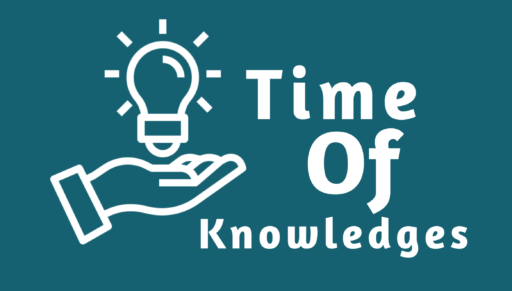
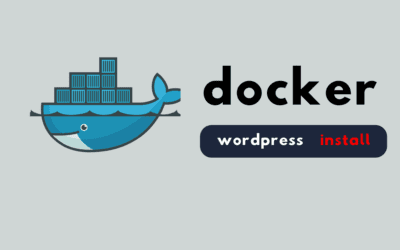












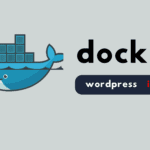
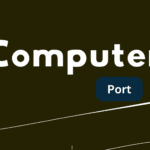
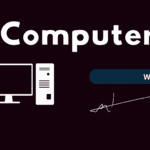
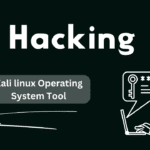
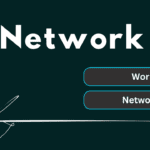

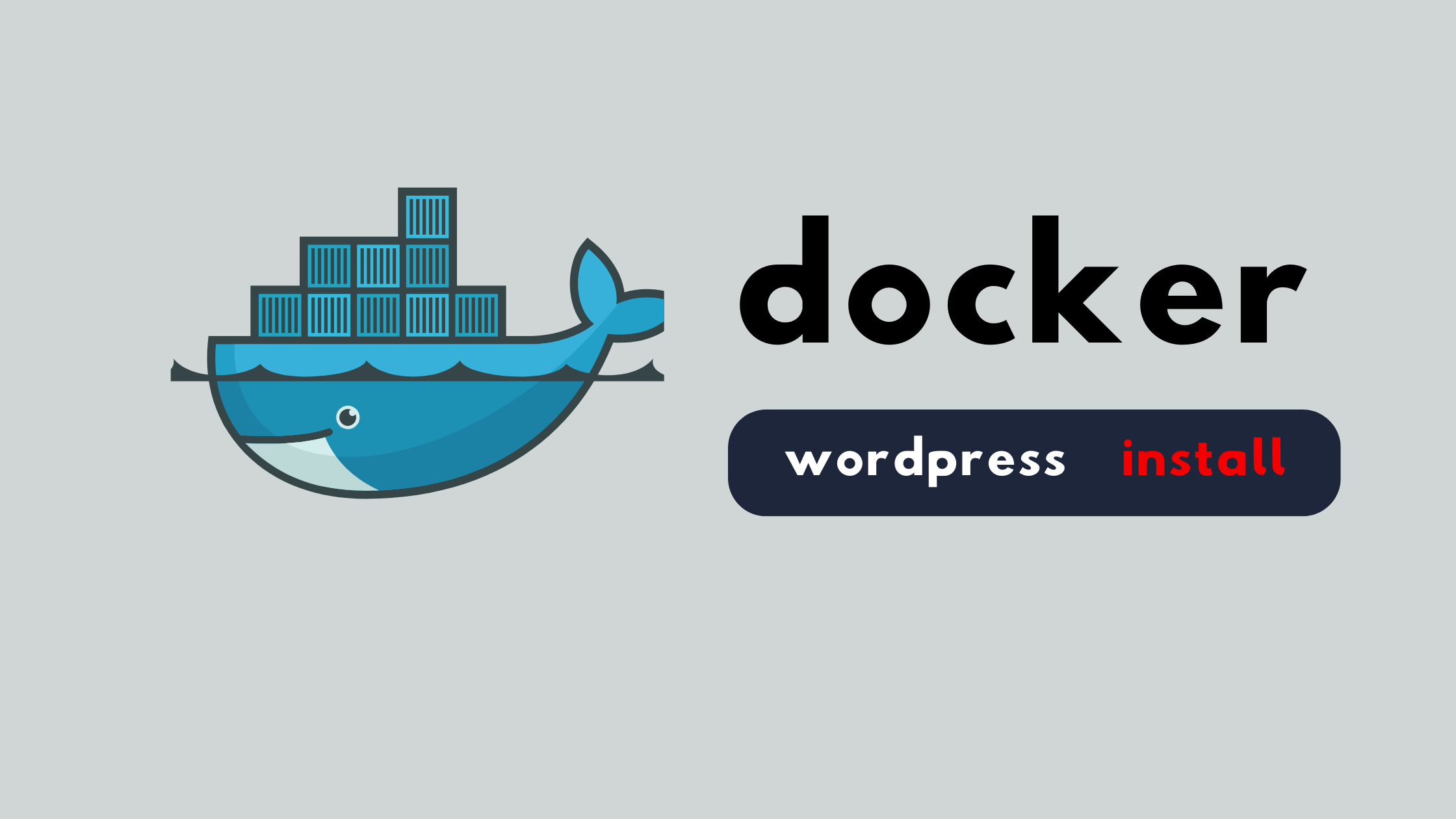



3 thoughts on “Computer technology,hardware, software,networking system,cybersecurity,data management ,emerging Technology”